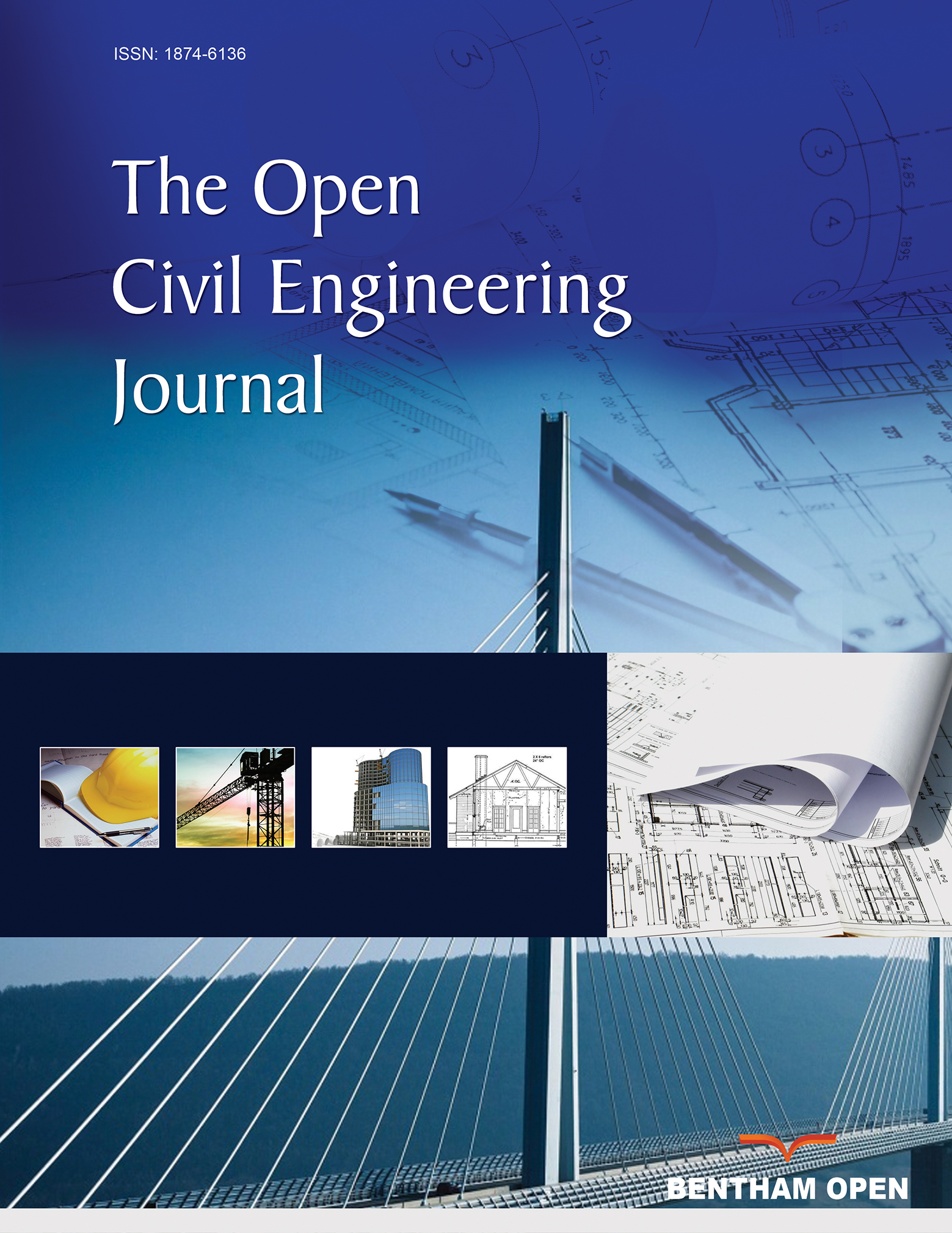All published articles of this journal are available on ScienceDirect.
Autogenous Shrinkage of Prestressed Self-Consolidating Concrete
Abstract
Shrinkage can be critical factor for the design of structural members due to the length changes by the timedependent deformation. Given the high fluidity and different mixture proportions of SCC, the shrinkage of such concrete can differ from those of conventional concrete or HPC of normal consistency. Proper estimate of autogenous shrinkage of self-consolidating concrete (SCC) can provide engineers with the information necessary for producing high quality products manufactured with SCC. An experimental program was undertaken to evaluate autogenous shrinkage of precast, prestressed SCC. Sixteen SCC with slump flow of 680 ± 20 mm were evaluated. These mixtures were made with 440 to 500 kg/m3 of binder, Type MS cement or HE cement and 20% Class F fly ash, 0.34 to 0.40 w/cm, viscosity-modifying admixture content of 0 to 100 mL/100 kg of binder, and 0.46 to 0.54 sand-to-total aggregate volume ratio. Two highperformance concretes (HPC) with 0.34 and 0.38 w/cm and slump of 150 mm were also investigated. Based on the test results, the HPC developed similar autogenous shrinkage at 56 days compared to SCC made of a given binder type. Shrinkage was compared to prediction models proposed by Tawaza and Miyazawa 1997, Jonasson and Hedlund 2000, and CEB-FIP 1999. The Tazawa and Miyazawa model was modified to provide adequate prediction of autogenous shrinkage for precast, prestressed SCC.


